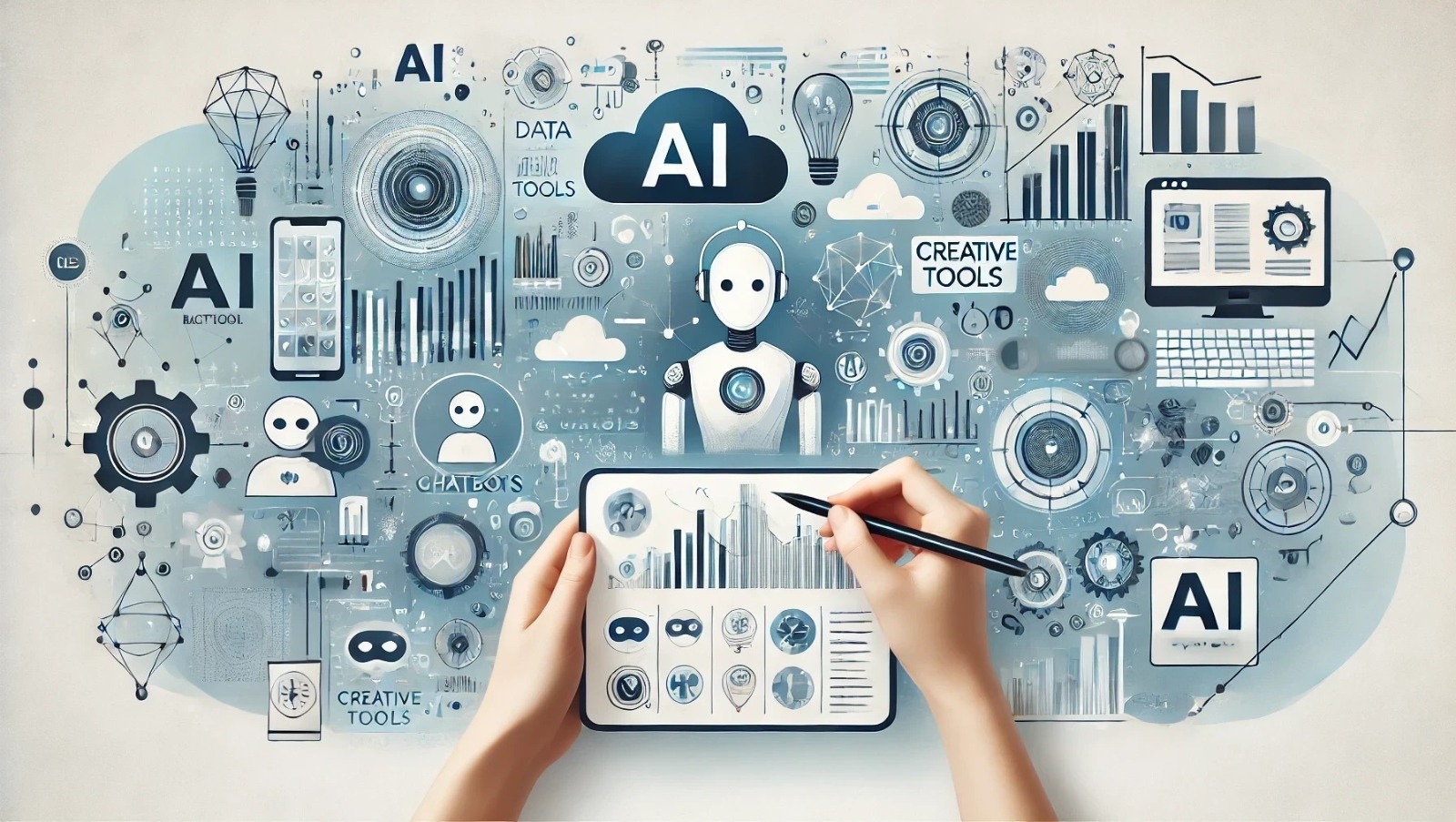Introduction
It’s 2025, and a lot of things have evolved — whether it’s about technology or jobs, everything is changing rapidly. Work from home has also evolved, and many new trends have emerged in 2025.
This article is going to talk about those latest work-from-home trends. If you are already working from home or planning to start, it’s important for you to know about these trends.
So, let’s explore these trends and then apply for work-from-home jobs on the best platforms like Best Job Tool to build a successful career.
What is Work From Home?
Working from home is a work style in which employees do not need to be physically present in the office. Instead, they complete their work at home using the internet and a laptop/ computer. Usually, it has a fixed routine with the company deciding like 9:00 a.m. to 6:00 p.m. or shift-based timing.
In this type of job, you have to create an office environment in your home. It means you need to set a corner for your work where you can maintain productivity without any distractions.
Work-from-home jobs are more suitable for those people who want stable timing and want to work from their comfort zone. For example, if you feel more comfortable at home then working from home is a good option for you.
The main focus of work from home is your from your home but it doesn’t mean you can work anywhere or while travelling because location or mostly restricted to the home only. Some common work-from-home jobs are customer support data entry online teaching administrative work or E-Commerce support.
Benefits of Work From Home
- Flexibility and independence
In working from home, many times you often get a flexible schedule. You can take a break according to your comfort. This independence motivates you and provides you a chance to perform according to your work style. - No travel time and energy saving
The biggest benefit of working from home is that you do not have to travel daily to visit office. You neither have to waste time in traffic nor in extra cost for transport. The time wasted can be utilized in your studies, with families, or hobbies. It also saves energy and increases productivity more. - Comfort of home environment
Working at home with a familiar environment is naturally comfortable. You can choose your favorite spot whether it is a study table, balcony, or a sofa. Home comfort provides you with are relaxed and stress-free atmosphere, which improves your concentration and productivity automatically. - Better work-life balance
You can easily balance your professional and personal life with work from home. You can spend time with your family, manage daily household responsibilities, and also do your job smoothly. This balance is especially helpful for students or part-time workers who want to manage both studies and work. - Cost saving
The expense of daily transportation, fuel, food, and small expenses ends when you work from home. These savings become bigger in the long term. This is a major advantage for students in beginners because their earnings are limited and extra savings work a lot. - Increase productivity and focus.
Many people feel more productive when they work from home. There are unnecessary meetings, gossip, and distraction in the office which ends when workers work from home. That’s why they can work more efficiently.
Hybrid/ Blended Models Becoming the Norm
In today’s time, people prefer the hybrid or blended model more than remote work. Hybrid means working some days from the office and rest days from home. This model provides flexibility to employees, so that if there is a need to go to the office then the employer can visit the office and if the work can be done from home then they can easily manage their work from home.
Through these, companies can also customize according to the function of the team like calling the creative team to the office for brainstorming and providing the tech team to work remotely. This approach has become a win-win situation for both because it increases productivity and also maintains work-life balance.
Technology Enablers and Upgrades Trends
In 2025, work from home culture is not just trends instead it has become a smart working system because of technology. Now AI tools have started handling many repetitive and boring tasks. Earlier where people wasted time deleting emails, scheduling meetings, or prioritizing work but now all this work is done in seconds through an AI tool. It reduces the workload of employees and they can focus more on their creative and important tasks.
Collaboration tools have also been upgraded. In today’s time, meeting is not just limited to video calls. People meet in their virtual offices through Virtual Reality (VR) and Augmented Reality (AR). This immersive meeting makes remote work more engaging and attractive.
Another major improvement is the concept of virtual offices. Now companies are creating digital spaces where employees can interact through their avatars. Through this teamwork and communication are becoming more strong, whether people are working from different cities or countries.
But some challenges are also associated with technology like security and privacy. Data is shared on different devices and networks because of a distributed team and that’s the reason for the increasing cyber threats. That’s why companies are focusing more on encrypted communication systems, multi-factor authentication, and secure cloud storage to secure their data.
Technology like this has made work from home more convenient, efficient, interactive, and secure.
Changing Metrics for Productivity and Performance
Earlier productivity means how many hours you have worked or till when you are present in the office. But in 2025, this definition has completely changed. Now companies focus on output and outcomes instead of ‘time spent’. It means how much productive work you have done and what the result was is more important now.
In this new approach, deliverables, collaboration, and innovation have become more important. Now companies are encouraging team members to find creative ideas to complete their target efficiently and collaborate effectively with each other whether they are present in any location.
Managers are also avoiding micromanagement now. They trust employees and provide them autonomy to manage their work according to them. Through this, the motivation and satisfaction of both employees are increasing.
This change is a positive signal because productivity is measured not from the present time instead from performance. This has made work-from-home culture healthier and goal-oriented.
Employee Well-being, Mental Health & Work-Life Balance Trends
Work from home has given freedom to employees, but there are some challenges as well especially with mental health and work-life balance. Managing boundaries becomes difficult when home becomes the office. Many people think that they are always in work mode, they do not have a clear office time and proper break time. This situation can take you to the burnout.
In 2025, companies are taking these problems seriously. Now many organizations are introducing mental health days where employees can take leave to refresh their minds without any guilt. Also asynchronous work days are becoming popular which means everyone does not have to be online at the same time, employee can work according to their comfort and peak productivity hours. It reduces stress and increases efficiency.
Meeting overload is also another big problem, but now companies are taking steps to reduce it. They are adopting policies like shorter meetings, no meetings on Fridays, and focused work hours.
Companies are also focusing on ergonomics and home setup. Comfortable chair, proper lighting, and noise-free environment are important for employee health and focus. Many companies are providing financial support to their employees to upgrade their workspace.
The main goal of all these efforts is for employees to stay mentally and physically healthy.
Changing Work Locations & Living Patterns Trends
The trends of working from home has changed the way of living and the decision of selecting a location. Earlier people used to shift to big cities because offices were present there only, but now there is no need to travel to big cities. Now people are preparing to live in Suburban areas, a small town, or a computer town where the cost of living is low, pollution is less, and life is peaceful.
Another big reason for this shift is that people are focusing more on the quality of life. They are getting freedom from tension of daily commutes and long traffic lines. Now they are spending more time with their family and taking time for their hobbies.
Also, another concept is getting popular which is of ‘third places’ which means local working spaces, cafes, and neighborhoods where people work occasionally. This is perfect for those who do not have a proper workspace or who want to social environment.
This flexible lifestyle is creating a new balance where people are maintaining productivity and connectivity by working from home.
Conclusion
In this article, we explored how the work-from-home culture is evolving in 2025, from hybrid work models and advanced technologies to new ways of measuring productivity and supporting employee well-being. We also discussed how changing work locations and living patterns are reshaping modern lifestyles.
Understanding these trends will help you stay updated with the future of remote work. Whether you are an employee adapting to new work styles or an employer planning flexible strategies, these insights will guide you in building a healthier, more productive, and balanced work-from-home experience.
Explore more informational here.







Leave a Reply